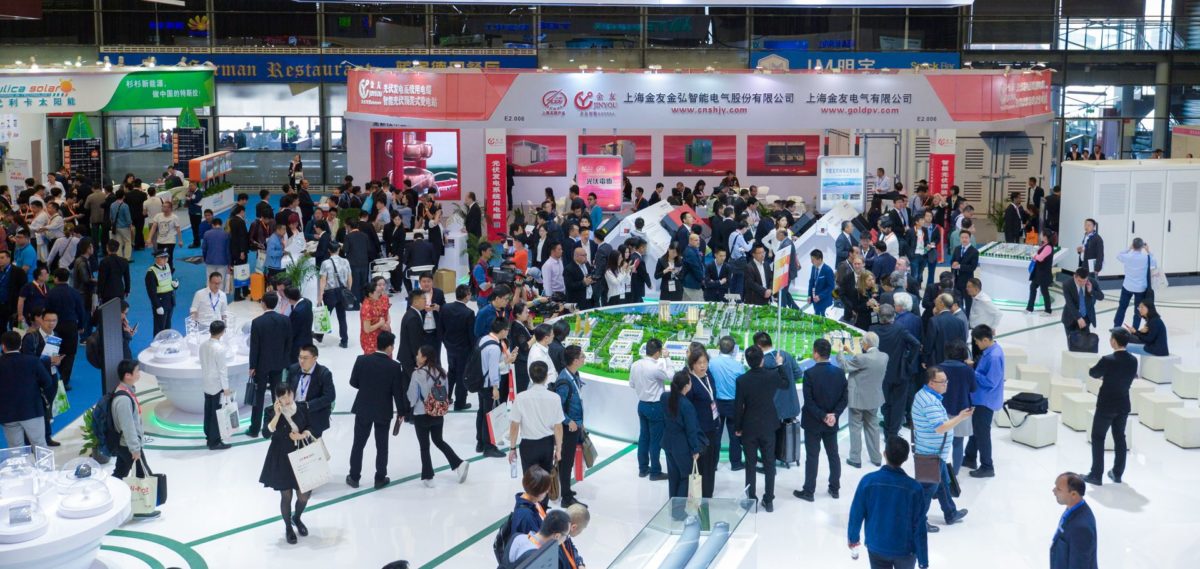Potential induced degradation (PID) is a key issue affecting the performance of PV modules in the field. While improvements in cell production and module glass can also improve a module’s PID resistance, choice of encapsulant film is also a major factor.
Dow has focused on addressing this, deploying a material for encapsulant films that exhibits high resistance to PID, as well as a range of other benefits. The material has a low water vapor transmission rate, which can protect against corrosion and other issues arising from moisture, and offers protection against module discoloration.
Dow representatives spoke with pv magazine about the innovation in using polyolefin, rather than ethylene vinyl acetate (EVA) as a base material for encapsulant film makers, and the effect this has on module performance and ultimately on the lifetime LCOE of PV power generation.
This content is protected by copyright and may not be reused. If you want to cooperate with us and would like to reuse some of our content, please contact: editors@pv-magazine.com.



By submitting this form you agree to pv magazine using your data for the purposes of publishing your comment.
Your personal data will only be disclosed or otherwise transmitted to third parties for the purposes of spam filtering or if this is necessary for technical maintenance of the website. Any other transfer to third parties will not take place unless this is justified on the basis of applicable data protection regulations or if pv magazine is legally obliged to do so.
You may revoke this consent at any time with effect for the future, in which case your personal data will be deleted immediately. Otherwise, your data will be deleted if pv magazine has processed your request or the purpose of data storage is fulfilled.
Further information on data privacy can be found in our Data Protection Policy.